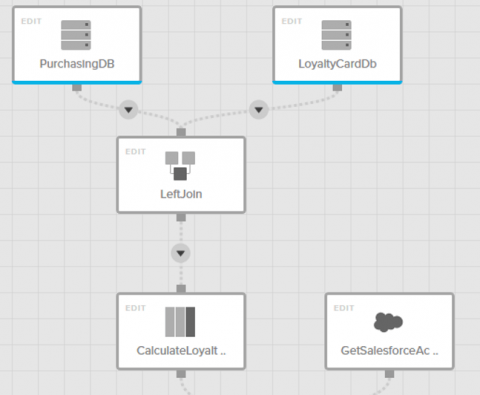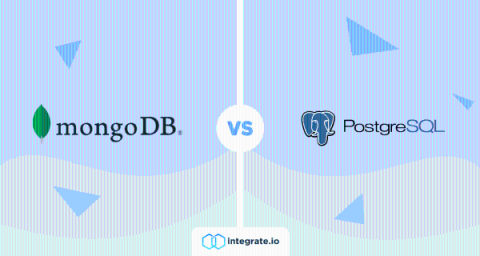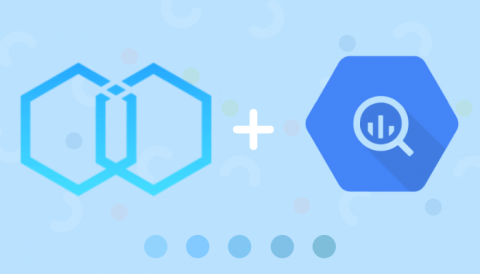A Shopify Tech Stack for Building a High-Traffic E-Commerce Store
Five ways to improve your Shopify tech stack: It's easy to create a store on Shopify, but turning it into a profitable and scalable business is a whole other story. Here's what you need to know to create a Shopify tech stack for e-commerce.






